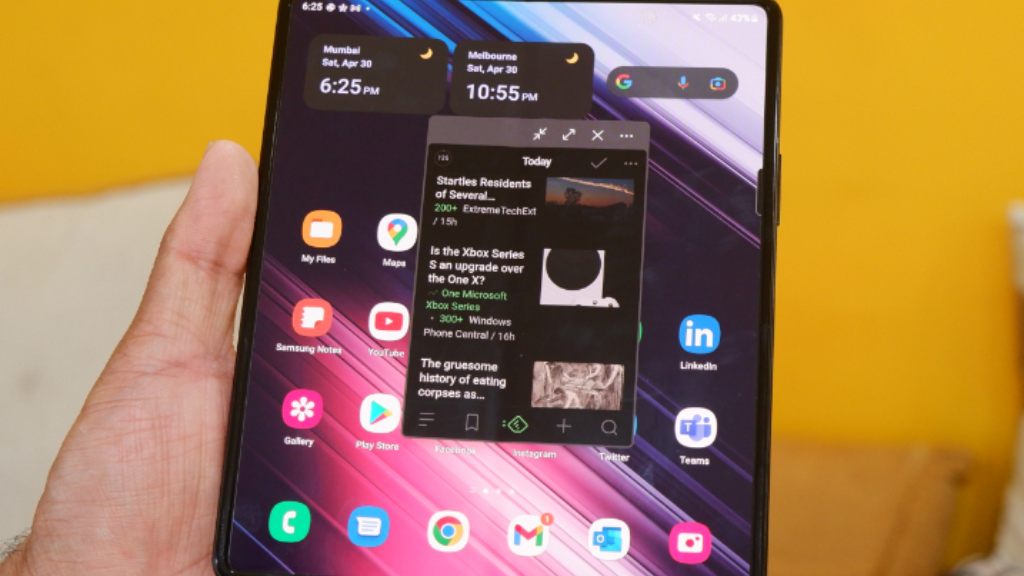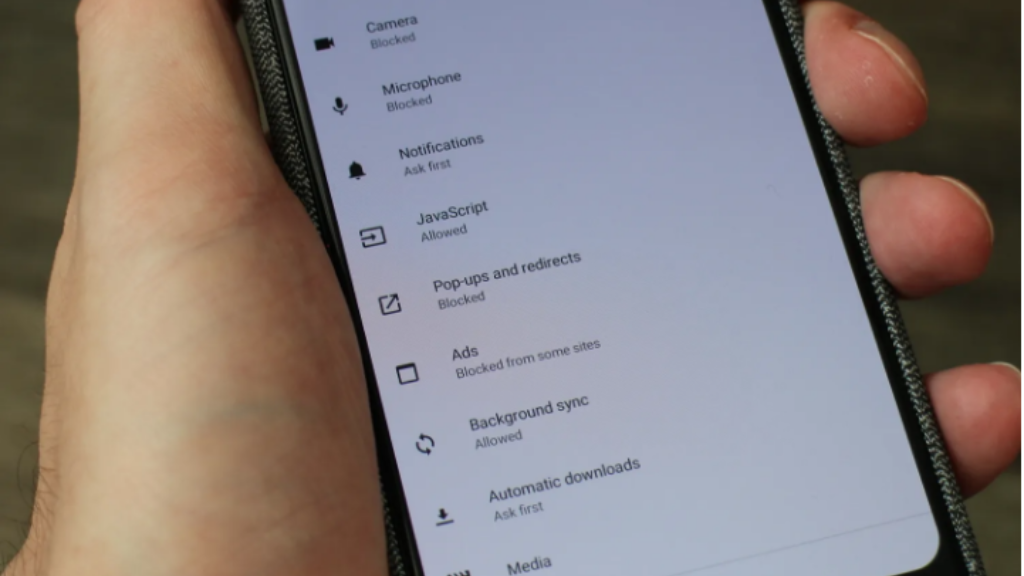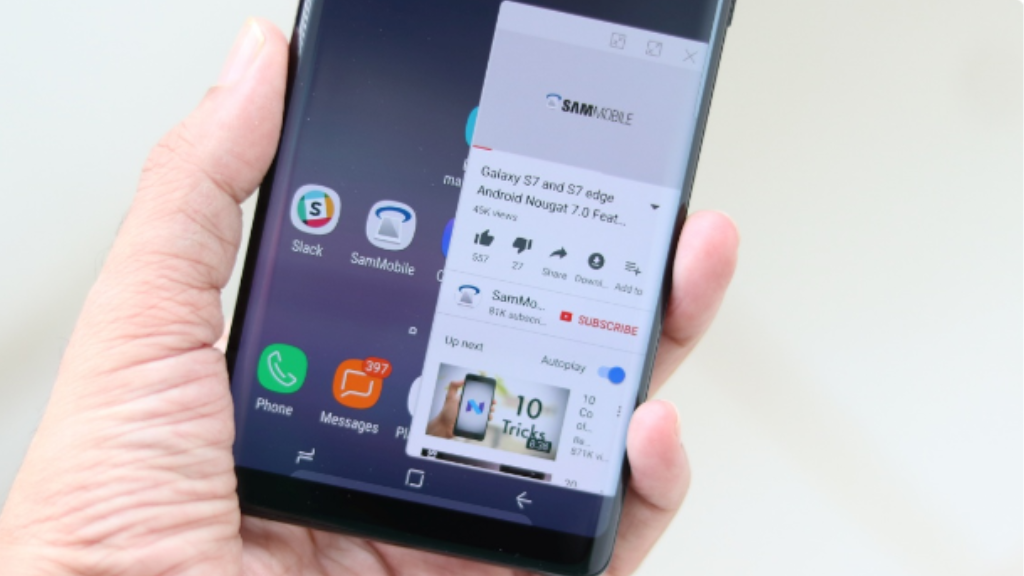
At its core, PopupUIReceiver is a software component or module that is responsible for managing pop-up user interface elements. To put it simply, it’s the behind-the-scenes wizard that makes those small, interactive windows, or “pop-ups,” appear on your screen when you click a button, hover over an item, or perform some other action on a website, app, or software.
PopupUIReceiver acts as a bridge between the user’s actions and the app’s database or logic. When you interact with a user interface element that triggers a pop-up, PopupUIReceiver communicates with the app’s core functionalities to fetch the required data and present it to you in a visually pleasing and easily digestible manner.
In this article, we will break down the concept of PopupUIReceiver in simple words, helping you grasp its significance and how it impacts your daily interactions with technology.
Is popupuireceiver compatible with every Android phone?
No, popupuireceiver isn’t compatible with all Android phones and tablets. According to our study, popupuireceiver is only available on Samsung smartphones and is a Samsung-exclusive system app.
It’s also worth noting that the popupuireceiver will not be available on all Samsung smartphones. It’s especially widespread on earlier Samsung Galaxy smartphones, such as the Galaxy Note 5, Galaxy Note 6, and so on.
Is it possible to disable popupuireceiver?
On some Samsung smartphones, the popupuireceiver is a system program, as shown by the fact that it appears in the Task Manager and the Applications list when you go to Settings.
As a result, there is no option to turn off popupuireceiver. When you switch off your mobile data, it will reappear even if you clean its data and cache from the settings.
If you turn off your data when you’re at home and only use WIFI, one method to stop the job is to turn it back on, clear it, and then switch off your mobile data again.
Is it possible to uninstall popupuireceiver?
As previously stated, popupuireceiver is a system application that cannot be uninstalled or deactivated. You can attempt clearing data to get rid of it for one WIFI session. The caveat is that if you turn on the data and then turn it off again, popupuireceiver will reappear in your notification list.
Note: If you’ve been receiving popupuireceiver notifications since installing a third-party universal remote program, popupuireceiver is acting as a popup user interface receiver.
In this situation, go to Settings>Application Manager>Downloaded>Ad Services and uninstall it.
Reboot your phone after removing the popupuireceiver, and the popupuireceiver should be gone for good.
What is a Samsung phone’s Pop-Up view?

In older models of buying an Android-powered Galaxy smartphone, the Pop-Up view was activated right out of the box. It is now set off by default, which means you must turn it on before using it.
Pop-Up View allows you to minimize programs by dragging them to the left or right side of the screen, allowing you to utilize them while another app is running in the background. Consider a screen without the divide.
It is possible to utilize Pop-Up View without the need to manually activate it, but that does away with the convenience associated with the traditional technique. Pick an application, then drag it into the Open in Pop-Up View box; all you have to do is hit the Recants button.
how can I enable the Pop-Up View On Samsung Note 8?

Setting up the pop-up view on Note 8 couldn’t be easier. You may activate Pop-Up View by going to settings, finding Multi Window, and then enabling it. We’ve put up a step-by-step guide to help you find all of your options:
• On your Samsung Galaxy Note 8, go to Settings.
• Select Advanced Settings from the drop-down menu.
• Next, choose Multi Window from the drop-down menu.
• Select Pop-Up View Action from the drop-down menu. Toggle it on to make Pop-UP View available on your device.
If you minimize it diagonally within an application, you can avoid having to go to the Recents panel.
What can I do if my Samsung cellphone isn’t showing notifications?
If you aren’t receiving alerts on your Samsung smartphone (the solutions shown below also work for other manufacturers), there might be several underlying issues.
We’ve compiled a list of five simple remedies to get your Samsung device’s notifications working again.
Restart Your Device
To be sure it’s not a one-time glitch, make sure you’re not receiving any alerts. You’ll need to restart your phone to do so. When you reboot your device, background activities that may interfere with an app’s ability to push notifications will no longer be able to do so.
This will also refresh your phone’s fundamental components if it fails during a job.
By clicking the power button and then touching on Restart, you may restart your phone.
Examine the Notification Settings in the App
Something in the app’s notification settings is one of the most common reasons why alerts aren’t displayed on a phone. Most popular programs have their settings for how frequently they can send alerts, the kind of notifications you should get, and so on.
Here’s an illustration: You may turn off Gmail syncing altogether.
Make sure you haven’t accidentally disabled the function by pressing any buttons, since this might prevent you from receiving notifications in the first place.
If you can’t locate the options you’re looking for in the app, check your phone’s notification settings.
Go to Settings > Apps & Notifications > [App name] > Notifications to do so.
Turn off the software’s battery optimizations.
Android utilizes artificial intelligence-based algorithms to conserve battery life and prevent applications from running in the background.
When these forecasts fail, the algorithms that underpin them may cause disaster.
One of the most regular victims is the notification system. You could be struggling with adaptive battery troubles if you’re scratching your head and thinking, “Why don’t I get notifications?” Turn these settings off for a few days to see if the adaptive battery is the cause of your alerts not appearing.
If you’re running stock Android, you may enable adaptive battery for all applications in the battery area of the settings. This may be done by going to Settings > Battery > Adaptive Battery.
You may disable battery optimizations on a per-app basis by going to the app’s settings section and then unchecking the box. Apps & Notifications > [App name] > Advanced > Battery > Battery optimization.
Keep an eye out for proprietary power savers.
Manufacturers can go the extra mile by adding more power-saving technologies that disable programs. In addition to the Google packages, you’ll need to check your phone for any in-house improvements. If that’s the case, your device’s unique power-saving mode is preventing alerts from appearing.
Wait for updates or reinstall the app.
If you’re not receiving alerts from one app, it’s conceivable that the creators released a broken update by accident. When this happens, you have three options:
You have the option of uninstalling the software, waiting for an update to address the problem, or reverting to an older version.
There are services, such as APKMirror, that will allow you to download a previous version of the software.
Find out more about APKMirror and whether or not it is safe to use.
For the time being, you’ll need to find the one version of the software you wish to reinstall and sideload it.
Make sure the Do Not Disturb Mode is turned on.
On most Android phones, including Samsung phones, Do Not Disturb mode is a useful feature. This is intended to conceal alerts, but you can opt to allow a few to pass through. Software designers frequently place the option under Quick Settings. If you’re unfamiliar with it, you could have accidentally switched it on. When the Do Not Disturb mode is activated, it may be reviewed.
What does it mean to “allow peeking”?
Peeking notifications is an operating system feature that allows you to see alerts at the top of your screen while you’re using your phone. On newer smartphones, you may utilize notification categories to customize your notification settings.
What exactly do you mean when you say “popup notification”?
Unlike traditional pop-up windows, pop-up notifications, toast, passive pop-ups, desktop notifications, notification bubbles, and simply notifications all refer to a graphical control element that does not need users to react to specific events instantly.
What exactly do you mean when you say “popup”?
A pop-up window is a tiny graphical user interface window that appears in the foreground of the visual interface. JavaScript is a programming language that is used to produce interactive effects on the internet, such as pop-up windows.
What are adaptive alerts, and how do they work?
Adaptive Notifications are a great way to keep track of what’s going on in your life This is the first time this functionality has emerged in the operating system’s fourth edition. It’s an illustration of how Google can utilize artificial intelligence to handle your alerts. It’s consistent with the branding of other functions like Adaptive Brightness and Adaptive Battery.
What is the meaning of a floating notification?
The alerts are read and displayed in floating bubbles above your current activity. It’s comparable to the conversation heads on Facebook. In this situation, they work for any app. These floating alerts appear on your screen as little, round icons, but you may change how they appear.
